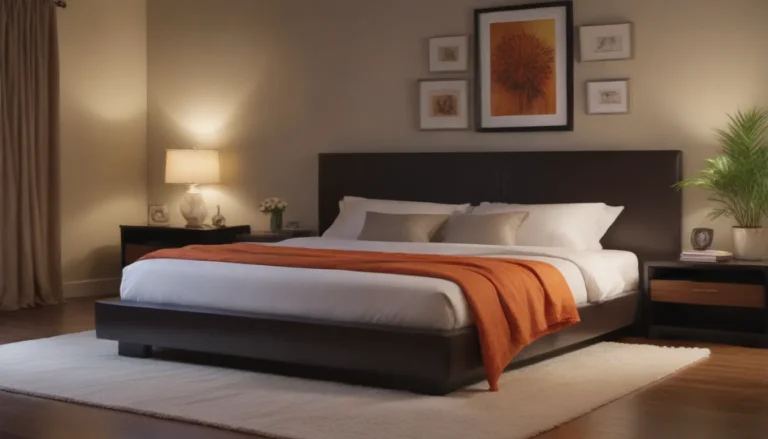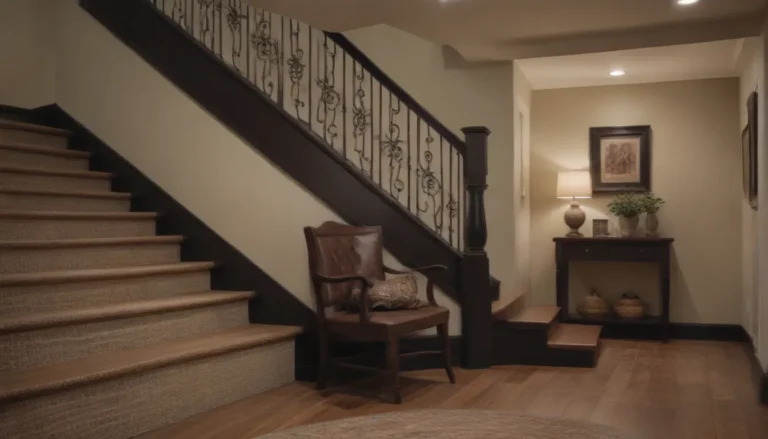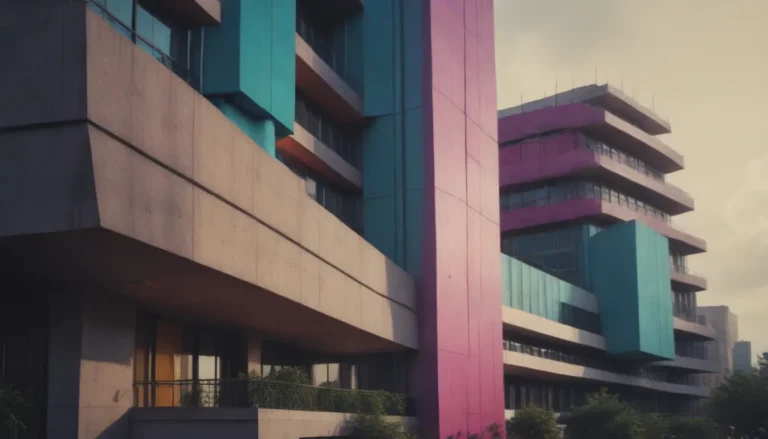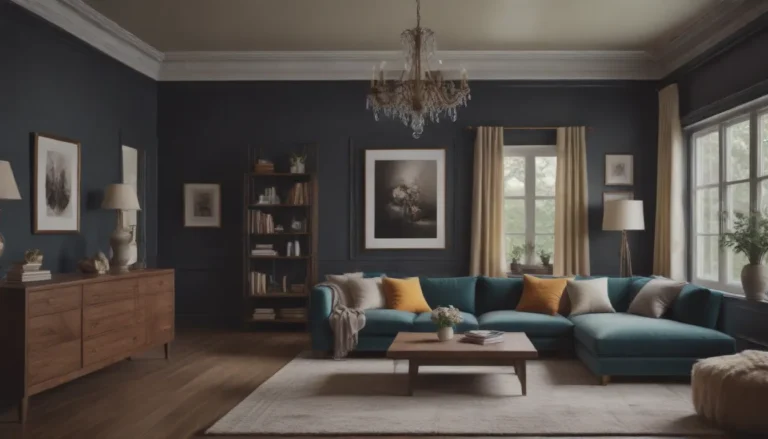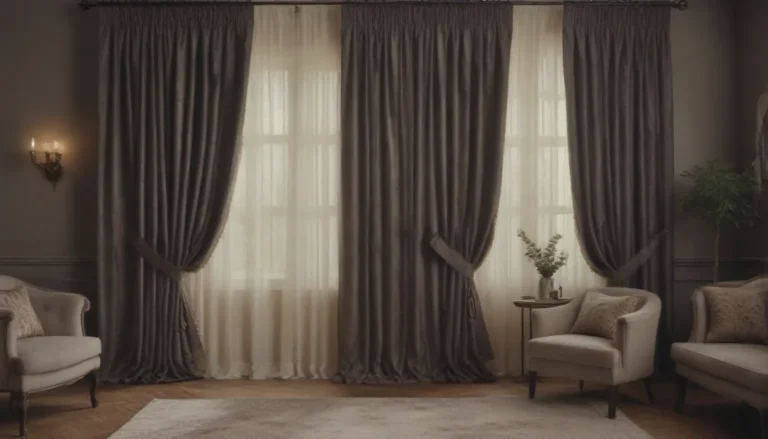Understanding Bungalow Architecture: A Comprehensive Guide
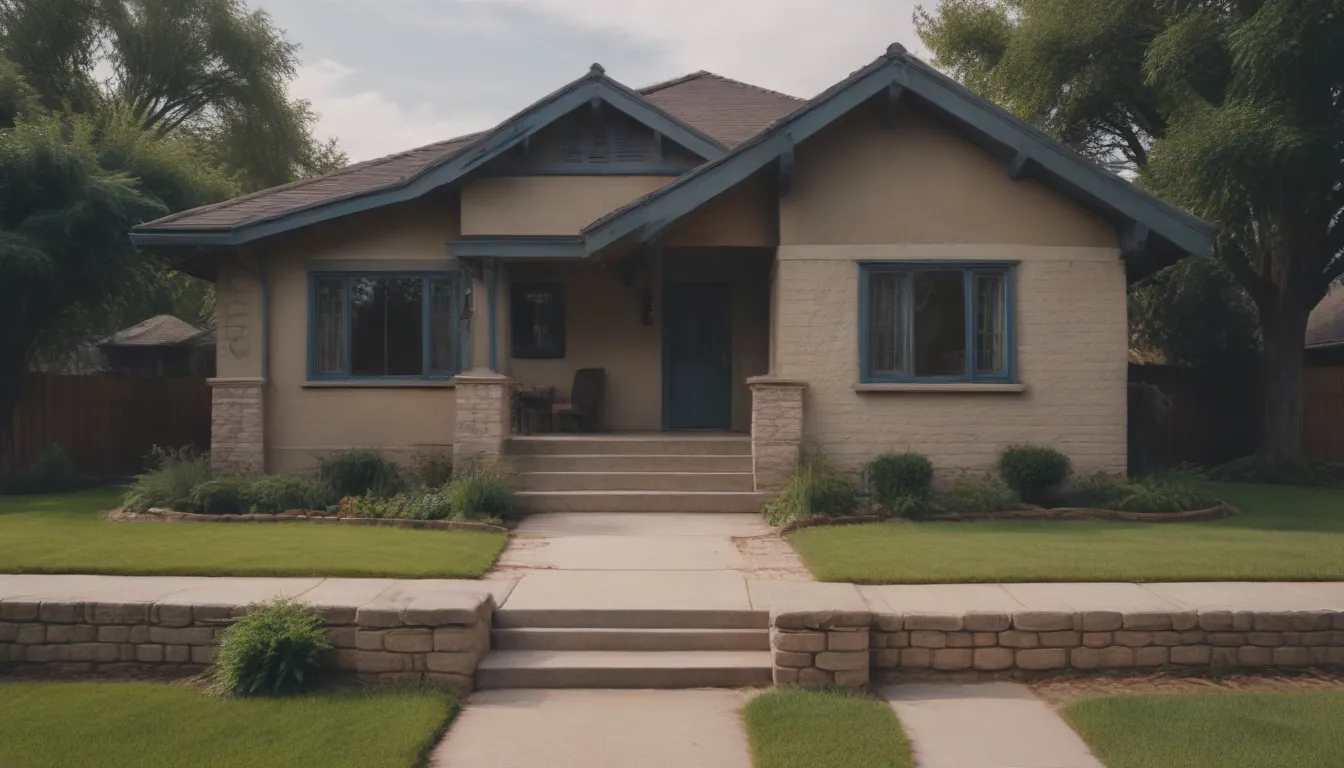
When you think of cozy, charming homes with character, bungalow-style houses likely come to mind. These unique dwellings have a rich history dating back to the 1800s and have remained a popular architectural choice throughout the United States. In this article, we will delve deep into the world of bungalow architecture, exploring its origins, different types, key elements, and where to find these picturesque homes.
Exploring the Origins of Bungalow Architecture
Roots in India
Bungalow homes may be synonymous with American suburbs, but they actually originated in Bengal, India during the mid-1800s. The term “bungalow” is derived from the word “bengala,” meaning “of Bengal” or “from Bengal.” British ambassadors residing in India at the time needed quick and economical housing, leading to the creation of one-level homes with low-pitched roofs and spacious front porches—hallmarks of early bungalow architecture.
Spread to England and the United States
From India, the bungalow style made its way to England and eventually to the United States. These modest homes gained popularity among the working class, especially after mail-order kit home manufacturers like Sears started offering prefabricated bungalow kits. Veterans returning from World War II also gravitated towards bungalow homes, thanks to their affordability. Today, bungalows can be found across the American Southwest, particularly in states like Arizona, New Mexico, Nevada, and parts of Southern California.
An Overview of Different Types of Bungalows
Over time, bungalow architecture has evolved, giving rise to various subtypes that cater to different preferences and aesthetics. Some common types of bungalow homes include:
- Craftsman bungalows: Known for their intricate woodwork and handcrafted details.
- California bungalows: Characterized by their simple, understated design and practical layouts.
- Tudors: Inspired by English Tudor architecture, featuring steeply pitched roofs and decorative half-timbering.
- Prairie bungalows: Influenced by the Prairie School of architecture, emphasizing horizontal lines and open floor plans.
- Mission bungalows: Reflecting Spanish Colonial Revival style with stucco walls and red tile roofs.
- Modern bungalows: Incorporating contemporary design elements while staying true to bungalow roots.
Key Elements of Bungalow Architecture
While bungalow homes come in different styles, they often share common architectural features that contribute to their timeless appeal. Some essential elements of bungalow architecture include:
A Low-Pitched Roof
Typically adorned with gables or eaves, bungalow roofs are characterized by their low pitch. Whether tiled, thatched, or shingled, the roofline of a bungalow adds to its cozy and inviting charm.
A Large, Covered Front Porch
Inspired by the verandas of Bengal bungalows, front porches are a prominent feature of bungalow homes. Supported by columns, these spacious porches provide a welcoming entrance and a cozy outdoor space for relaxation.
Windows with Lights
Bungalow windows are often double-hung and surrounded by smaller panes known as lights. Not only do these windows bring in ample natural light, but they also enhance the exterior aesthetic of the home.
Open-Concept Living Spaces
Central to bungalow design is the idea of open-concept living. A large, central living area is typically surrounded by smaller rooms, creating a seamless flow and a sense of connectivity throughout the home.
A Large Fireplace
Fireplaces are a beloved element of bungalow homes, often serving as focal points in the living space. Flanked by built-in cabinetry, shelving, or seating, these fireplaces add warmth and character to the interior.
Where to Discover Bungalow Homes
Thanks to their enduring popularity, bungalow homes can be found in diverse neighborhoods across the United States. Whether you’re drawn to Craftsman bungalows in the Pacific Northwest or California bungalows on the West Coast, these homes offer a unique blend of charm and functionality. Keep an eye out for bungalow homes in established neighborhoods dating back to the early 20th century—they are sure to capture your heart with their timeless appeal.
In conclusion, bungalow architecture is a testament to the enduring allure of simple, functional design paired with timeless charm. From their humble beginnings in India to their widespread popularity in the United States, bungalow homes continue to captivate homeowners with their cozy interiors and inviting facades. Whether you’re in the market for a new home or simply appreciate architectural history, bungalow-style houses are worth exploring for their unique blend of tradition and innovation.
